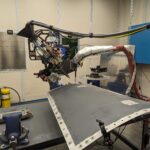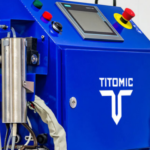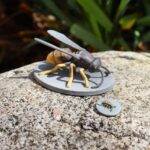In a new development at the University of Wisconsin–Madison, scientists have achieved a leap forward in neurological research by creating the world’s first 3D printed brain tissue that emulates natural brain functions. This novel technique, utilizing horizontal layering and a softer bio-ink, allows for the formation of neuron networks resembling human brain structures.

Traditional 3D printing approaches, often hindered by limitations, have impeded progress in printing brain tissue. The researchers adopted a horizontal layering method, situating neurons in a soft bio-ink gel, fostering connections and communication among the printed cells. This approach provides precise control over cell types and arrangements, surpassing the capabilities of conventional brain organoids.
The printed brain tissue, composed of interconnected neurons, mimics human brain interactions, allowing the study of various neurological conditions such as Alzheimer’s and Parkinson’s disease. This achievement holds promise for advancing stem cell biology, neuroscience, and understanding the pathogenesis of neurological and psychiatric disorders.

The flexibility of this printing technique enables the creation of defined systems to study specific aspects of human brain networks. The researchers envision applications in studying Down syndrome, interactions between healthy and Alzheimer’s-affected tissue, drug testing, and observing brain development. Unlike previous methods, this approach allows a holistic examination of the brain’s networked operations.
The accessibility of this technique makes it available to many labs without requiring specialized equipment or culture methods. The researchers aim to explore further improvements, refining the bio-ink and equipment for on-demand printing of specific brain tissues.
The development of the 3D printed brain tissue marks a pivotal advancement in neurological research, providing unprecedented opportunities for studying brain functions, disorders, and potential treatments.
You can read the full paper, titled “3D bioprinting of human neural tissues with functional connectivity” at this link.
Come and let us know your thoughts on our Facebook, X, and LinkedIn pages, and don’t forget to sign up for our weekly additive manufacturing newsletter to get all the latest stories delivered right to your inbox.










